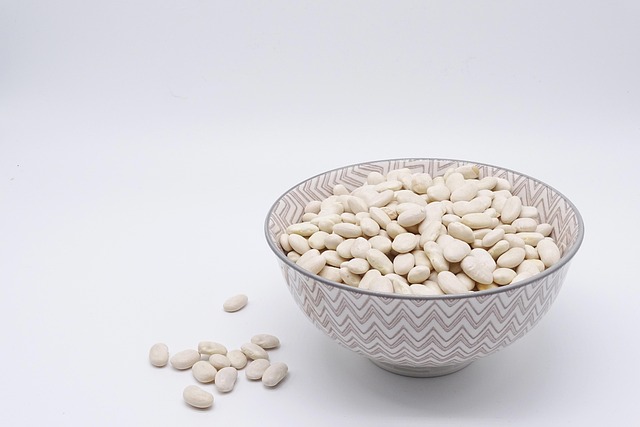Pumping Iron: The Protein-Packed Guide to Powerlifting
Powerlifting isn’t just a sport; it’s a way of life. For many, the sound of weights clanking in the gym is music to their ears, the rush of adrenaline coursing through their veins as they prepare for that next big lift becomes addictive. However, amidst the clang and grind, one essential element must not be overlooked: protein.
As you embark on your powerlifting journey, understanding the significance of protein will not only enhance your performance but also aid in recovery and muscle growth. Here, we’ll delve into the relationship between powerlifting and protein, helping you unlock your potential in the gym.
Why Protein Matters
Protein is the building block of muscle. When you’re engaging in rigorous powerlifting routines, your muscles undergo micro-tears, which signifies growth. To repair and grow stronger, your body requires sufficient protein. The right intake of protein will accelerate recovery, helping you bounce back stronger for your next session.
Daily Protein Needs
As a powerlifter, your protein needs will differ from the average gym-goer. It’s generally recommended that athletes aiming to build muscle consume between 1.2 to 2.0 grams of protein per kilogram of body weight. The exact amount depends on your training intensity, body composition goals, and overall calorie intake. Tracking your protein intake can help you meet your specific needs efficiently.
Quality Protein Sources
Not all proteins are created equal. To maximize your gains in powerlifting, focus on high-quality protein sources. Here are some of the best:
- Lean Meats: Chicken, turkey, lean cuts of beef, and pork are excellent sources of protein and contain essential amino acids.
- Fish: Rich in omega-3 fatty acids, fish such as salmon and tuna provide high-quality protein that supports muscle recovery.
- Dairy: Milk, yogurt, and cheese are not only rich in protein but also provide calcium, essential for bone health.
- Plant-Based Sources: If you prefer plant-based options, consider lentils, chickpeas, beans, quinoa, and tofu. These can offer substantial protein and other vital nutrients.
Protein Timing
When you consume your protein matters just as much as the quantity. Aim to distribute your protein intake evenly throughout the day, ideally consuming a source of protein in every meal and snack. Post-workout nutrition is crucial; try to consume a protein-rich meal or shake within 30 minutes after lifting to kick-start recovery and muscle building.
Supplements: A Helping Hand
While whole foods should be your primary source of protein, supplements can be beneficial for those struggling to meet their daily needs. Whey protein, casein, and plant-based protein powders are popular choices among powerlifters looking to boost their intake efficiently. Just be sure to choose high-quality products and not rely solely on them.
Listen to Your Body
Every lifter’s body is unique, and it’s essential to pay attention to how your body responds to different protein sources and amounts. You may find that focusing on certain foods leads to better performance and recovery. Remember that nutrition is a personal journey, and what works for one powerlifter may not work for another.
As you lace up your lifting shoes and head into the gym, keep in mind that powerlifting is not just about lifting heavy; it’s also about how you fuel your body. With a mindful approach to your protein intake, you’ll feel the difference in your lifts, recovery, and overall performance. Embrace the weight, embrace the grind, and never underestimate the power of protein in your quest for strength!



